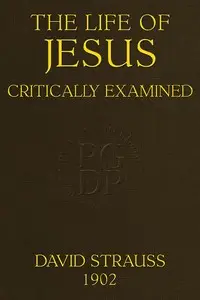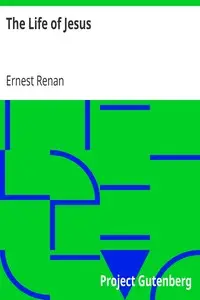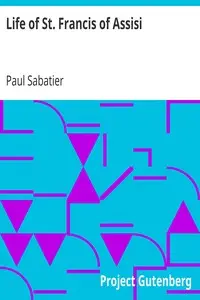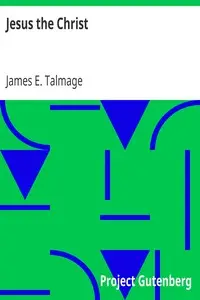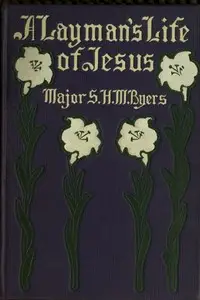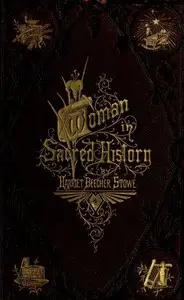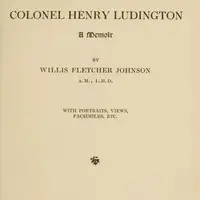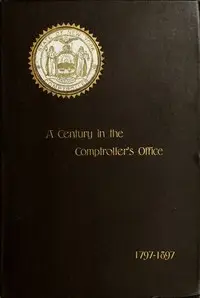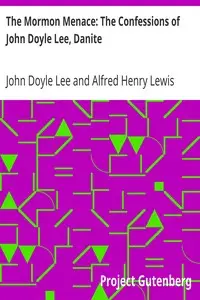"Life of Christ" by Giovanni Papini is a religious and philosophical exploration of Jesus Christ's life set in the early 20th century. It starts by questioning modern understandings of Christ and highlighting His ongoing impact amidst secular ideas. The author argues against previous portrayals of Christ, finding them either too boring or overly critical. The book then presents Jesus's humble birth in a stable and introduces important characters like the shepherds and wise men, whose reactions demonstrate the earthly and spiritual importance of His arrival. This sets the stage for a story that aims to capture the true meaning and lasting influence of Christ's life.
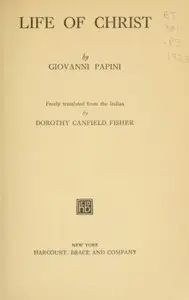
Life of Christ
By Giovanni Papini
Witness the extraordinary life of a spiritual leader born in a humble stable, whose teachings ignited a battle between the divine and the earthly.
Summary
About the AuthorGiovanni Papini was an Italian journalist, essayist, novelist, short story writer, poet, literary critic, and philosopher. A controversial literary figure of the early and mid-twentieth century, he was the earliest and most enthusiastic representative and promoter of Italian pragmatism. Papini was admired for his writing style and engaged in heated polemics. Involved with avant-garde movements such as futurism and post-decadentism, he moved from one political and philosophical position to another, always dissatisfied and uneasy: he converted from anti-clericalism and atheism to Catholicism, and went from convinced interventionism – before 1915 – to an aversion to war. In the 1930s, after moving from individualism to conservatism, he finally became a fascist, while maintaining an aversion to Nazism.
Giovanni Papini was an Italian journalist, essayist, novelist, short story writer, poet, literary critic, and philosopher. A controversial literary figure of the early and mid-twentieth century, he was the earliest and most enthusiastic representative and promoter of Italian pragmatism. Papini was admired for his writing style and engaged in heated polemics. Involved with avant-garde movements such as futurism and post-decadentism, he moved from one political and philosophical position to another, always dissatisfied and uneasy: he converted from anti-clericalism and atheism to Catholicism, and went from convinced interventionism – before 1915 – to an aversion to war. In the 1930s, after moving from individualism to conservatism, he finally became a fascist, while maintaining an aversion to Nazism.

